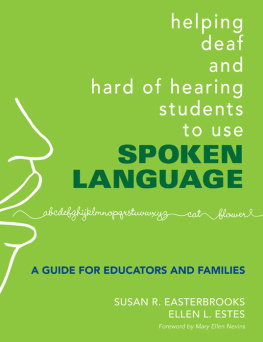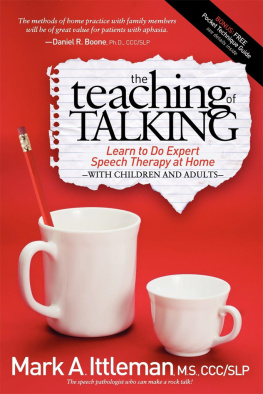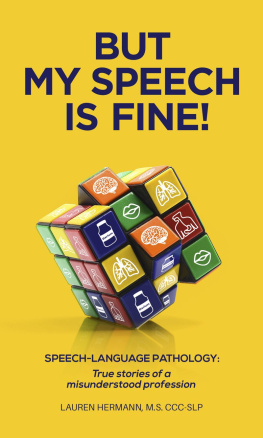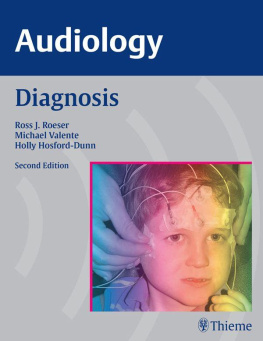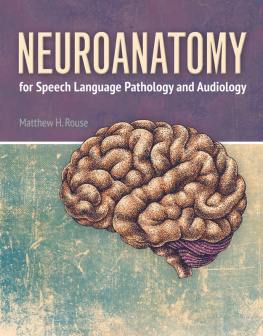Contents
Landmarks
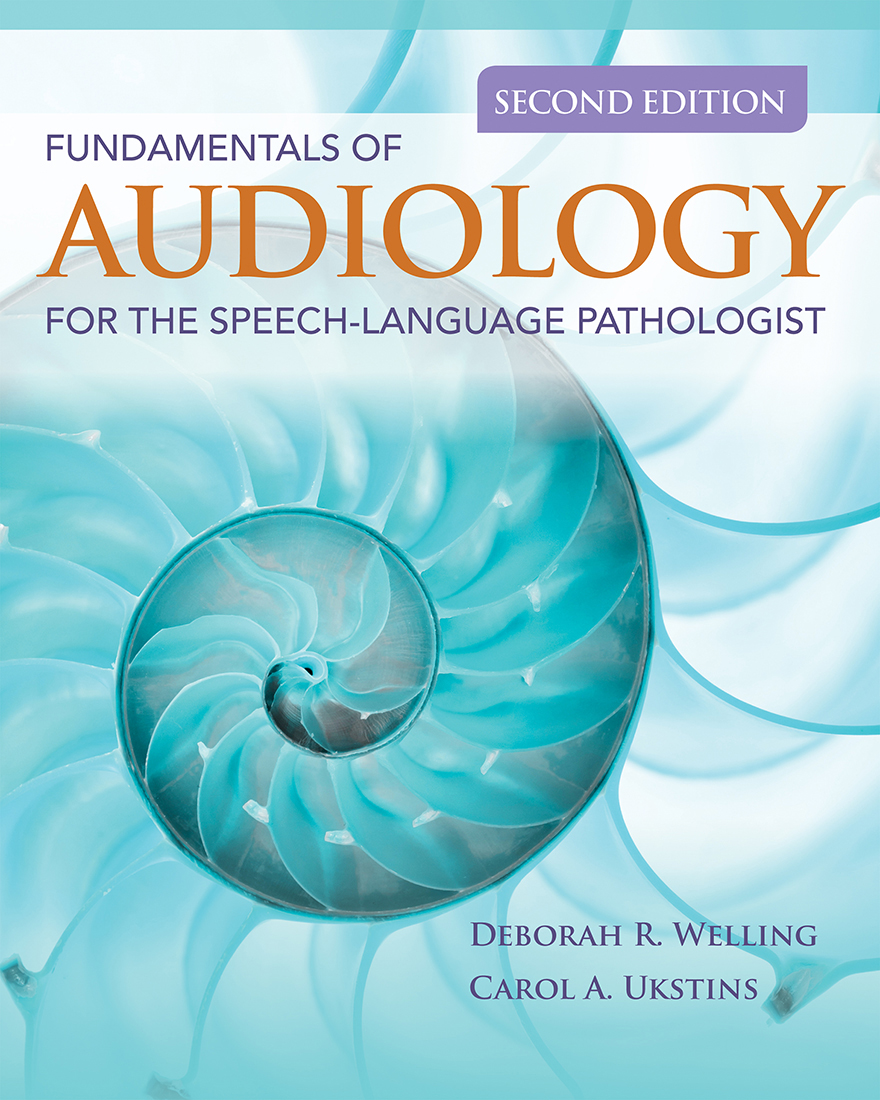
World Headquarters
Jones & Bartlett Learning
5 Wall Street
Burlington, MA 01803
978-443-5000
www.jblearning.com
Jones & Bartlett Learning books and products are available through most bookstores and online booksellers. To contact Jones & Bartlett Learning directly, call 800-832-0034, fax 978-443-8000, or visit our website, www.jblearning.com.
Substantial discounts on bulk quantities of Jones & Bartlett Learning publications are available to corporations, professional associations, and other qualified organizations. For details and specific discount information, contact the special sales department at Jones & Bartlett Learning via the above contact information or send an email to .
Copyright 2019 by Jones & Bartlett Learning, LLC, an Ascend Learning Company
All rights reserved. No part of the material protected by this copyright may be reproduced or utilized in any form, electronic or mechanical, including photocopying, recording, or by any information storage and retrieval system, without written permission from the copyright owner.
The content, statements, views, and opinions herein are the sole expression of the respective authors and not that of Jones & Bartlett Learning, LLC. Reference herein to any specific commercial product, process, or service by trade name, trademark, manufacturer, or otherwise does not constitute or imply its endorsement or recommendation by Jones & Bartlett Learning, LLC and such reference shall not be used for advertising or product endorsement purposes. All trademarks displayed are the trademarks of the parties noted herein. Fundamentals of Audiology for the Speech-Language Pathologist, Second Edition is an independent publication and has not been authorized, sponsored, or otherwise approved by the owners of the trademarks or service marks referenced in this product.
There may be images in this book that feature models; these models do not necessarily endorse, represent, or participate in the activities represented in the images. Any screenshots in this product are for educational and instructive purposes only. Any individuals and scenarios featured in the case studies throughout this product may be real or fictitious, but are used for instructional purposes only.
13279-3
Production Credits
VP, Executive Publisher: David D. Cella
Executive Editor: Matt Kane
Acquisitions Editor: Laura Pagluica
Editorial Assistant: Mary Menzemer
Associate Production Editor: Alex Schab
Associate Marketing Manager: Alianna Ortu
Production Services Manager: Colleen Lamy
VP, Manufacturing and Inventory Control: Therese Connell
Composition: Cenveo Publisher Services
Cover Design: Scott Moden
Rights & Media Specialist: Merideth Tumasz
Media Development Editor: Shannon Sheehan
Cover Image/Design Photo: Filip Fuxa/Shutterstock
Printing and Binding: LSC Communications
Cover Printing: LSC Communications
Library of Congress Cataloging-in-Publication Data
Names: Welling, Deborah R., author. | Ukstins, Carol A., author.
Title: Fundamentals of audiology for the speech-language pathologist/
Deborah Welling and Carol Ukstins.
Description: Second edition. | Burlington, Massachusetts: Jones & Bartlett
Learning, [2019] | Includes bibliographical references.
Identifiers: LCCN 2017010700 | ISBN 9781284105988
Subjects: | MESH: Hearing Disorderstherapy | Hearing Disordersdiagnosis |
Hearingphysiology | Speech-Language Pathologymethods
Classification: LCC RF290 | NLM WV 270 | DDC 617.8dc23
LC record available at https://lccn.loc.gov/2017010700
6048
Printed in the United States of America
22 21 20 19 18 10 9 8 7 6 5 4 3 2
I dedicate this book to my mother, Regina, and to my sister, Barbara,
who inspired me to pursue audiology.
To my husband, Bill, for the days, months, and years of
seeing me through this project again.
To my friends of faith, who get me through each day;
and to Harissa and Isabel, who not only get me through
each day but through the bumps in life as well.
Thank you for your support.
Deborah R. Welling
I dedicate this book to Dr. Susan Rezen, the person who taught me to love audiology,
and to never say Oops! behind an audiometer. To my family: my husband, Jim,
and my children, Nyasia, John, and Elizabeth, who have afforded me the time
to be away from them again to complete a Second Edition.
To my mother, Joyce, who taught me
that I could do anything.
Carol A. Ukstins
Together, we dedicate this book to Dr. Annette Zaner, mentor and friend,
who brought us together more than 25 years ago, never imagining
that we would still be working together 25 years later.
Contents
Foreword
As an undergraduate student with aspirations to become a speech-language pathologist, I found my first course in audiology to be interesting but not particularly practical. I knew hearing was important for language and communication, but I thought hearing problems would be managed by the hearing professionals (audiologists) and that I would diagnose and treat the speech disorders. To a young student in the communication disorders professions, the division between audiology and speech-language pathology seemed clear. They (AuDs) did hearing tests and we (SLPs) did therapy. End of story. Except, as I advanced in my studies and began to see the connection between the classroom and the clinic, it became clear that the input (hearing) and output (speech) modes of communication were integrally linked and that any separation of those modes would negatively affect rehabilitation. While I loved learning about speech and language developmenthow we produce certain sounds, how children put sounds together to make words and then to make sentencesit became clear that I needed to give more than minimal attention to the role of hearing and auditory processing as a foundation for language and speech.
As a clinician, one may focus on ways to improve clients' output; to advance the form of their language and how they use speech, communication, and social skills to effectively interact with the world around them. However, the SLP's role in oversight and management of hearing status may seem unclear. The SLP's responsibility to his or her client may seem limited to performing a hearing screening and creating an action plan of what to do if someone failed a screening. However, understanding one's role beyond this referral process may be incomplete. The SLP may have the confidence to read an audiogram and identify the degree and severity of a hearing loss but is likely less able to predict the impact of that loss on communication and quality of life. The ability to partner with colleagues in audiology will become a valuable tool and resource resulting in better client outcomes.
In my work as a faculty member, I have been challenged with what to teach my students about teamwork and collaboration for patients with hearing challenges. Changes in health policy are impacting our practices. We are increasingly called upon to collaborate with our colleagues to work together to reduce cost and implement efficiencies that improve our patients' lives. This valuable resource can provide a bridge between the professions of speech-language pathology and audiology and facilitate collegial exchange and collaboration. The publication of the first edition of this book was a welcome addition to the library of both seasoned SLPs and students of the profession. Now with this revised and expanded edition, Deborah Welling and Carol Ukstins have provided even more tools for SLPs to enable them to engage in effective interprofessional practice for individuals with hearing challenges.


